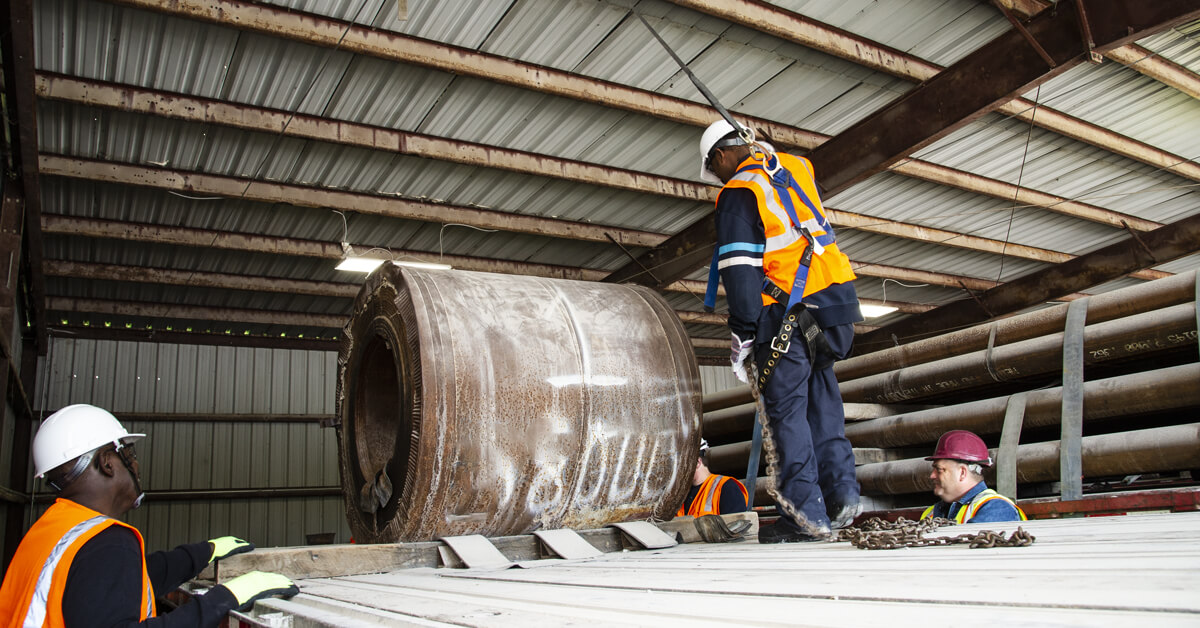Economic feasibility of fall protection on rolling stock
Date Posted: 09/16/2019

Must employers provide fall protection to employees who work on top of rolling stock such as trucks, trailers, and rail cars? For general industry, OSHA says that fall protection is not required, unless providing it would be feasible; if so, employers should provide it. However, the feasibility question leaves a lot of grey area for general industry employers.
For construction work, the answer is simpler: fall protection is not required for employees on rolling stock. The definition of a walking/working surface under 1926.500 says that these surfaces do not include "ladders, vehicles, or trailers, on which employees must be located in order to perform their job duties."
General industry guidance
When OSHA updated the walking/working surface regulations, the preamble described OSHA's conclusion that providing fall protection for workers on rolling stock would be technologically feasible. However, economic feasibility was not addressed. The final rule didn't address fall protection on rolling stock because OSHA had not covered the matter in the proposed rule. The agency simply said that its enforcement policy was not changing.
That policy from October 14, 1996 states that OSHA won't cite for fall hazards from rolling stock under Subpart D (the walking-working standards). However, it could cite under 1910.132 or the General Duty Clause if using fall protection would be feasible. Specifically, the memo says that OSHA would not cite for fall hazards "unless employees are working atop stock that is positioned inside of or contiguous to a building or other structure where the installation of fall protection is feasible" (emphasis added).
At first glance, this sounds simple: if a feasible means of fall protection is available, employers should use it. Since various options exist, such fall protection is technologically feasible. However, some options are costly, raising the question of economic feasibility. Unfortunately, the determination of whether a solution is economically feasible might be made in court.
Considerations
First, remember that even if you believe a particular option is not economically feasible, you must implement other methods to protect employees. For example, training and work practice controls might reduce the chance of injury even if you don’t provide fall protection.
Second, before relying on an economic feasibility defense, be aware that federal courts will not want to put a price tag on an employee’s life. Some courts have held that employers should pay any cost, as long as the expense would not put them out of business. If a fatality occurs, a court may not accept an argument that a system which might have saved an employee’s life was not implemented because the company felt it was too expensive.
How Safety Management Suite Can Help
E-mail Newsletter
Sign up to receive the weekly EHS Insider email newsletter for safety articles, news headlines, regulatory alerts, industry events, webcasts, and more.